The equinox has passed and the rains have begun, so we are officially in autumn.

The winter sparrows have returned. This Lincoln’s Sparrow was posing with rose hips.

juvenile Red-tailed Hawk
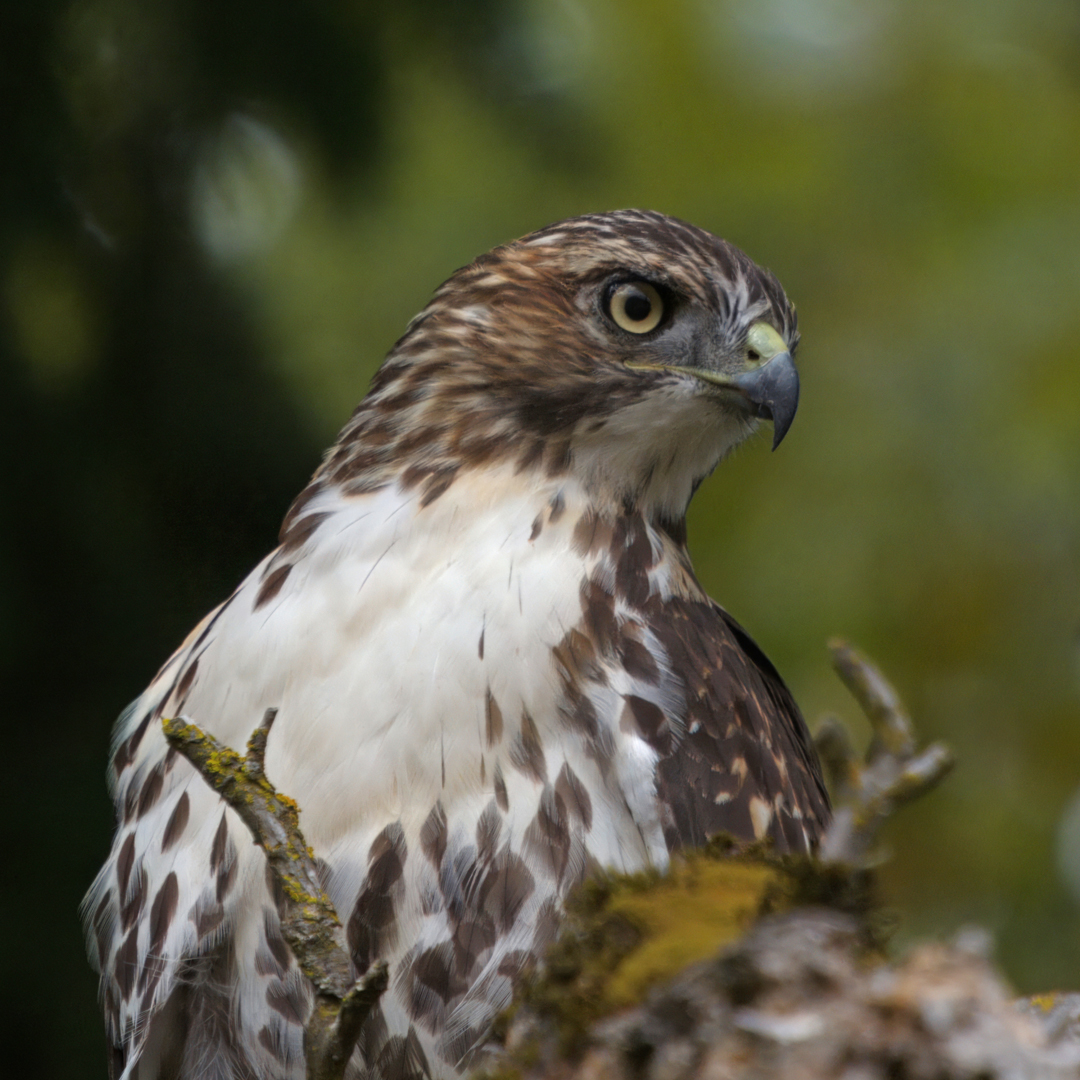
Here is another view of the same individual.
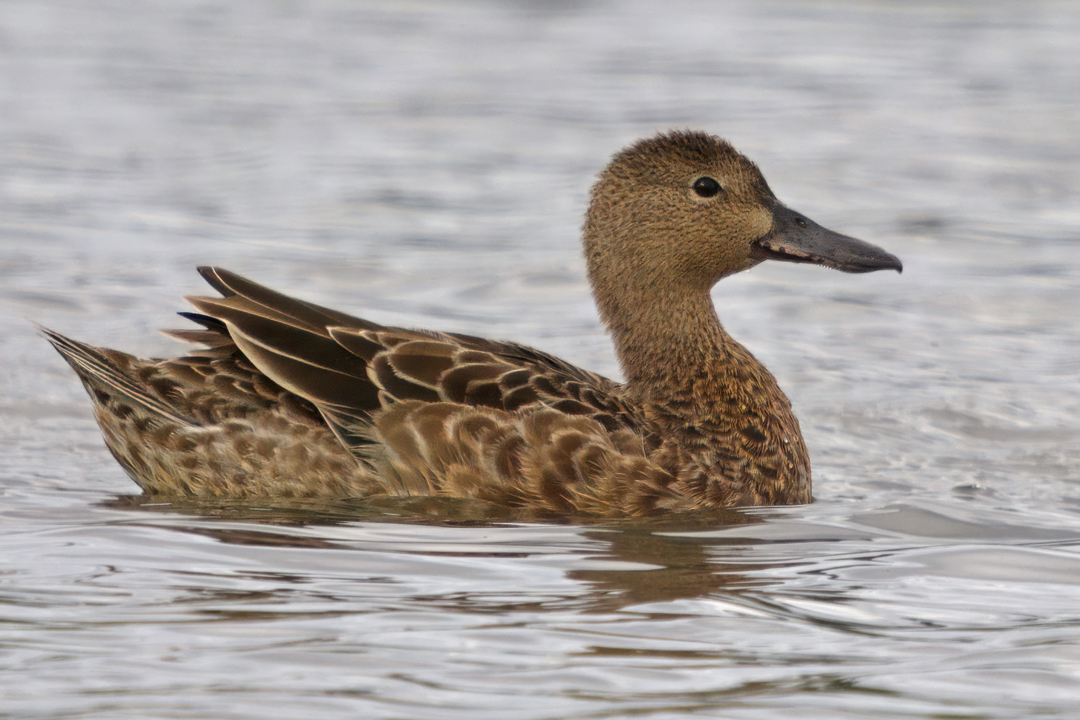
We are still in what I call Ugly Duck Season, when most birds are still in their dull summer patterns. I have heard it referred to as Brown Duck Season, which sounds a little more respectful. This brown duck is a Cinnamon Teal.
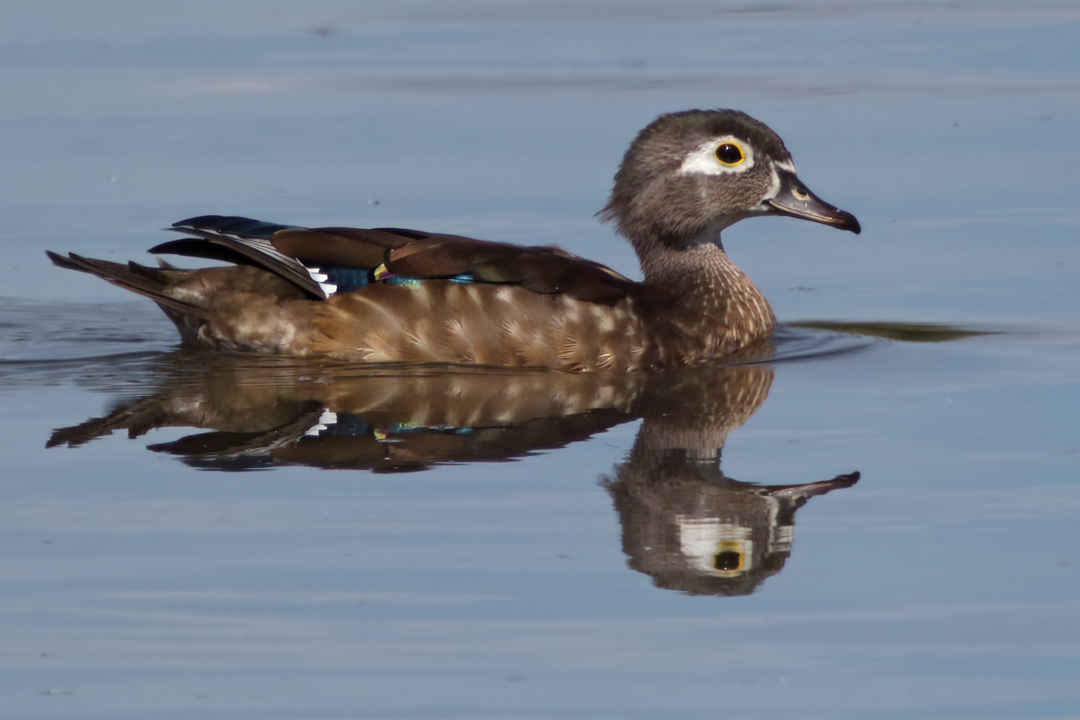
This female Wood Duck is slightly more fancy.
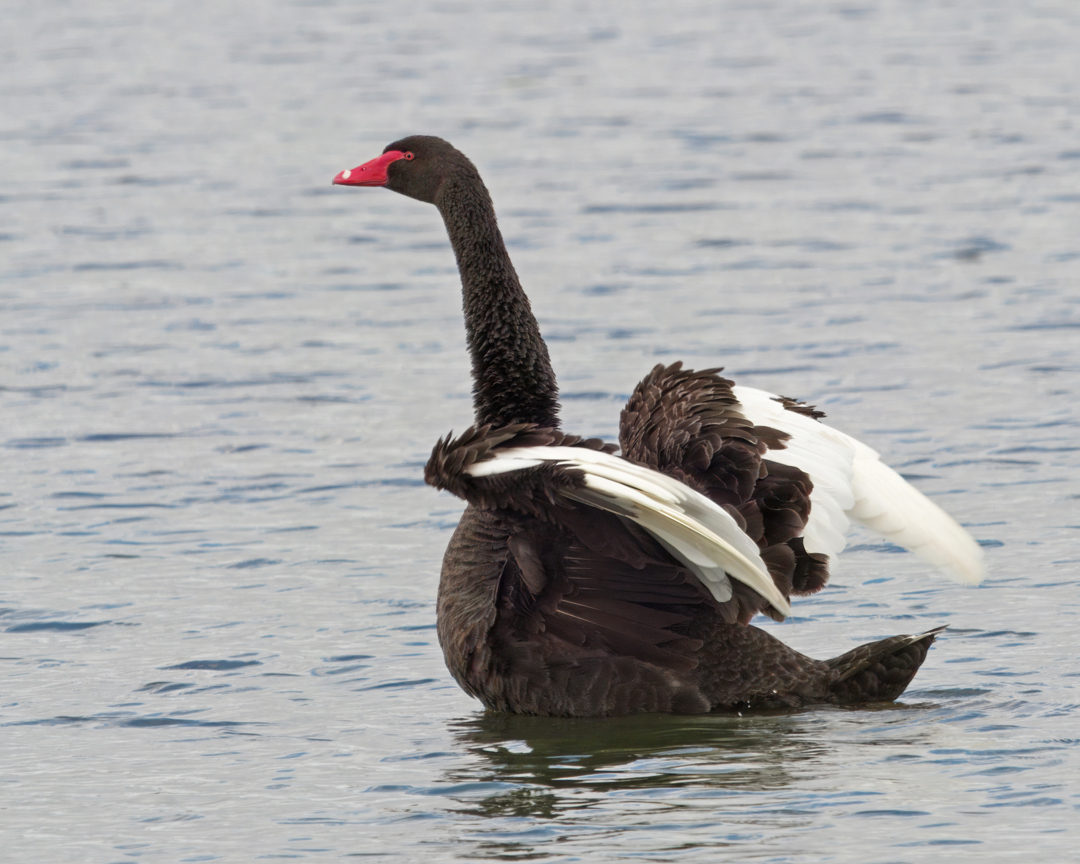
Speaking of fancy, this Black Swan escaped from captivity and is living the high life at Tualatin River NWR.
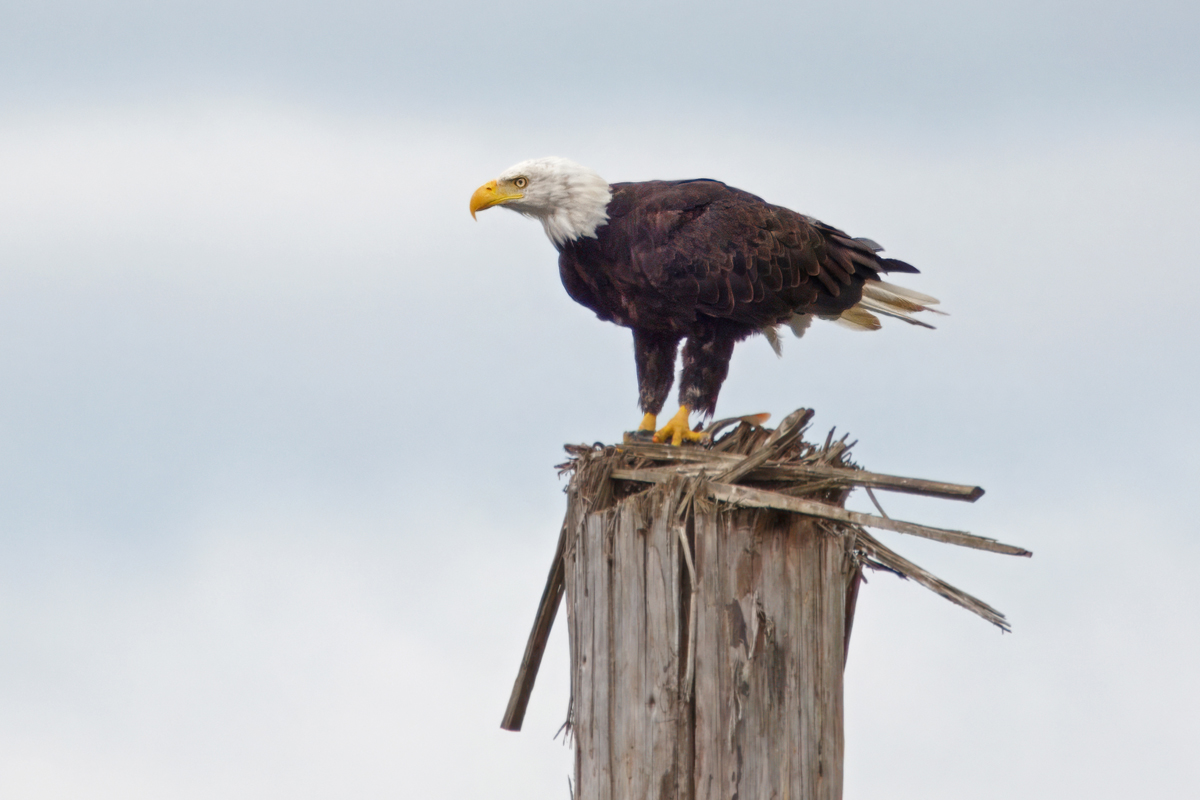
Bald Eagle with a fish
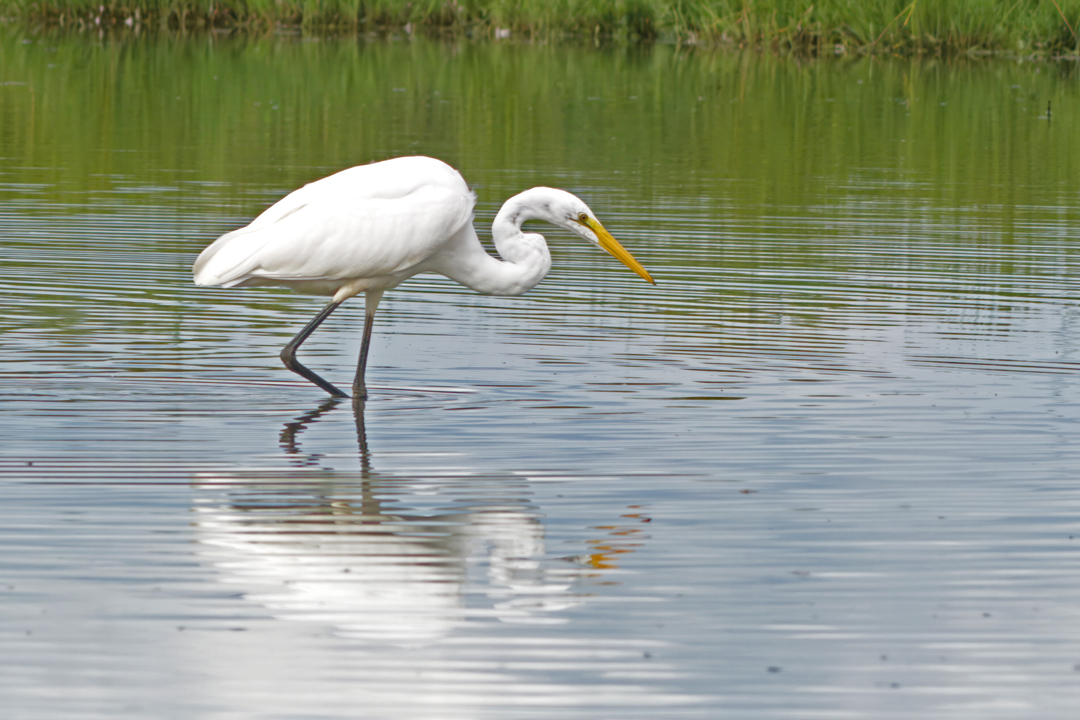
I have never gotten a good photo of a Great Egret, so here is a mediocre one.
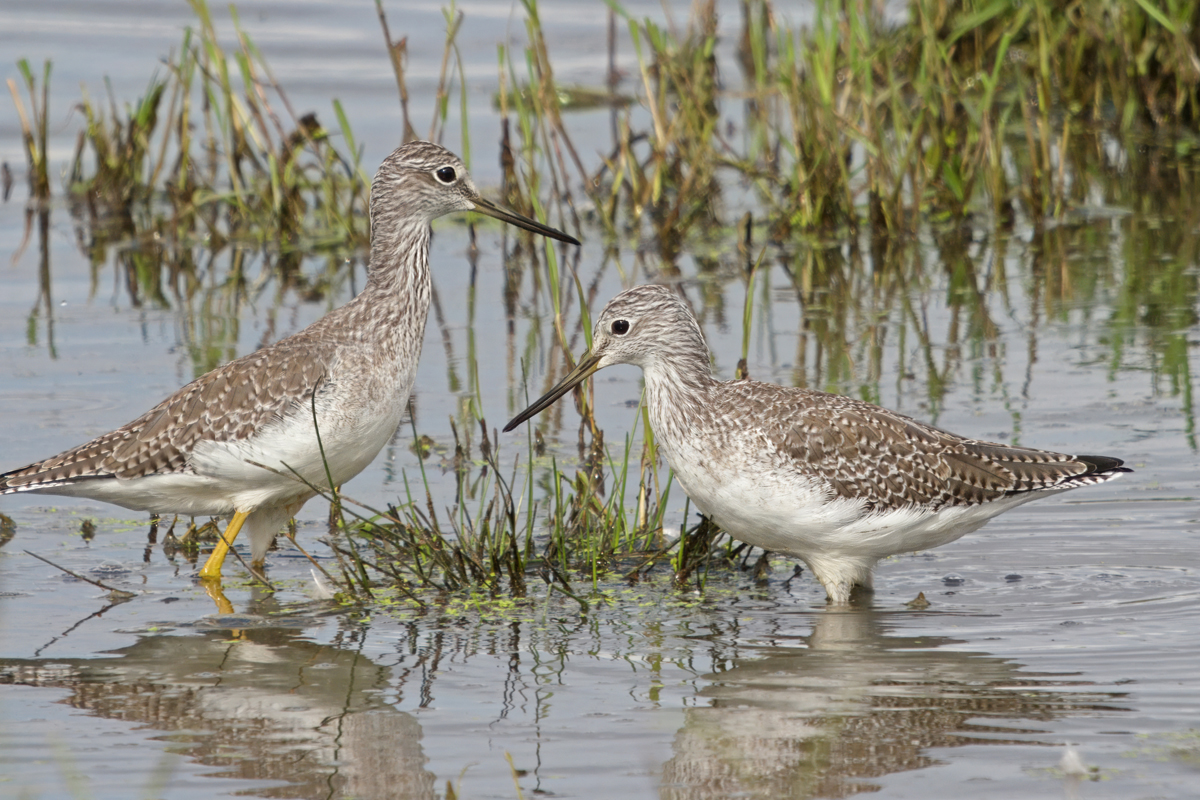
There are still decent numbers of shorebirds around, including these Greater Yellowlegs, but their numbers should be thinning out pretty quickly.
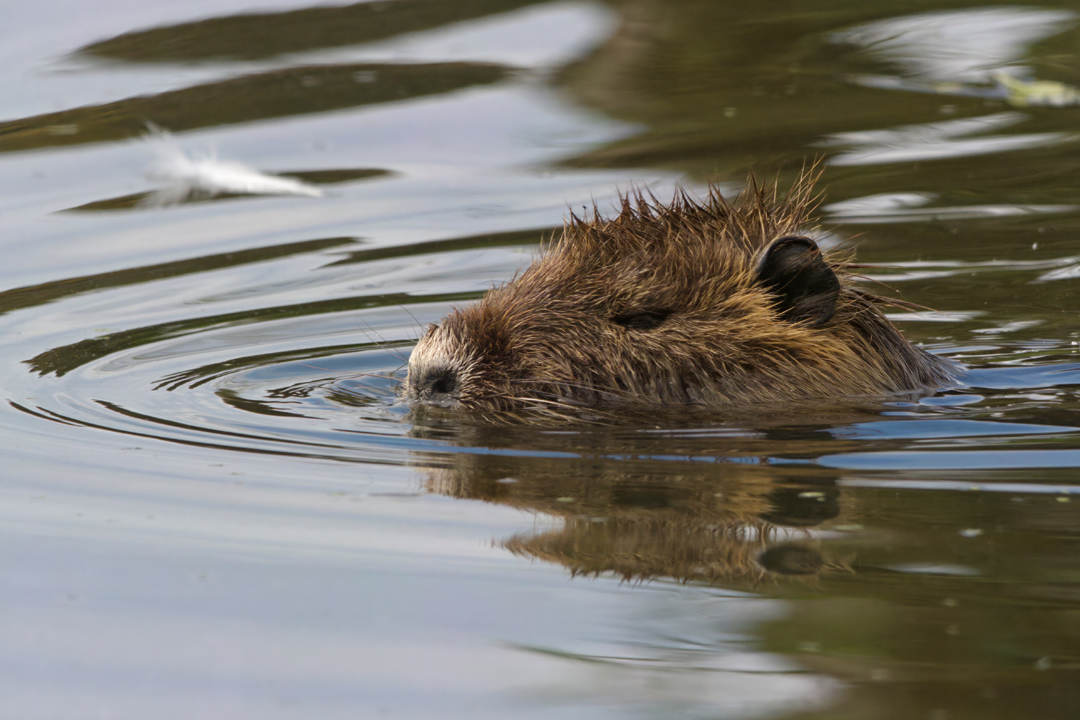
I’ll leave you with this Nutria with a spiky punk hairdo.
Happy Autumn!

 This lone Greater White-fronted Goose was at the Tualatin River NWR. Not many of these geese touch down in the Portland area, but huge flocks pass overhead in spring and autumn.
This lone Greater White-fronted Goose was at the Tualatin River NWR. Not many of these geese touch down in the Portland area, but huge flocks pass overhead in spring and autumn. The western U.S. does not get to enjoy the great diversity of warblers found in the east, but we do get Yellow-rumped Warblers all winter. This male Audubon’s race is coming into breeding plumage.
The western U.S. does not get to enjoy the great diversity of warblers found in the east, but we do get Yellow-rumped Warblers all winter. This male Audubon’s race is coming into breeding plumage. We also get Myrtle race Yellow-rumps in winter. I keep hoping that these two forms will be split into separate species, as they once were. This individual seems to have a little yellow on the throat, suggesting some mixed parentage somewhere in this bird’s family tree.
We also get Myrtle race Yellow-rumps in winter. I keep hoping that these two forms will be split into separate species, as they once were. This individual seems to have a little yellow on the throat, suggesting some mixed parentage somewhere in this bird’s family tree. This young Bald Eagle was looking regal in a parking lot.
This young Bald Eagle was looking regal in a parking lot. Savannah Sparrows have started returning to their nesting areas. This rather faded individual was at Jackson Bottom.
Savannah Sparrows have started returning to their nesting areas. This rather faded individual was at Jackson Bottom.















































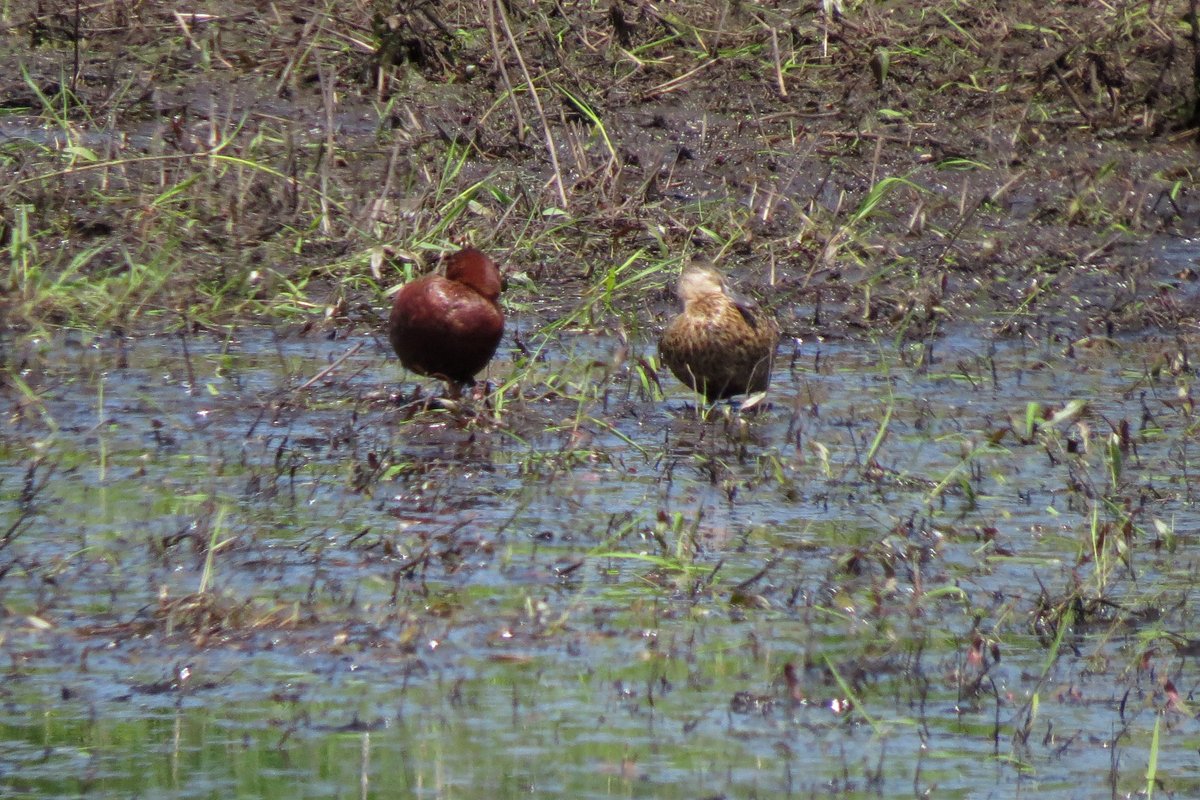
















 I think the blue eye shadow makes her look a little trashy.
I think the blue eye shadow makes her look a little trashy.






